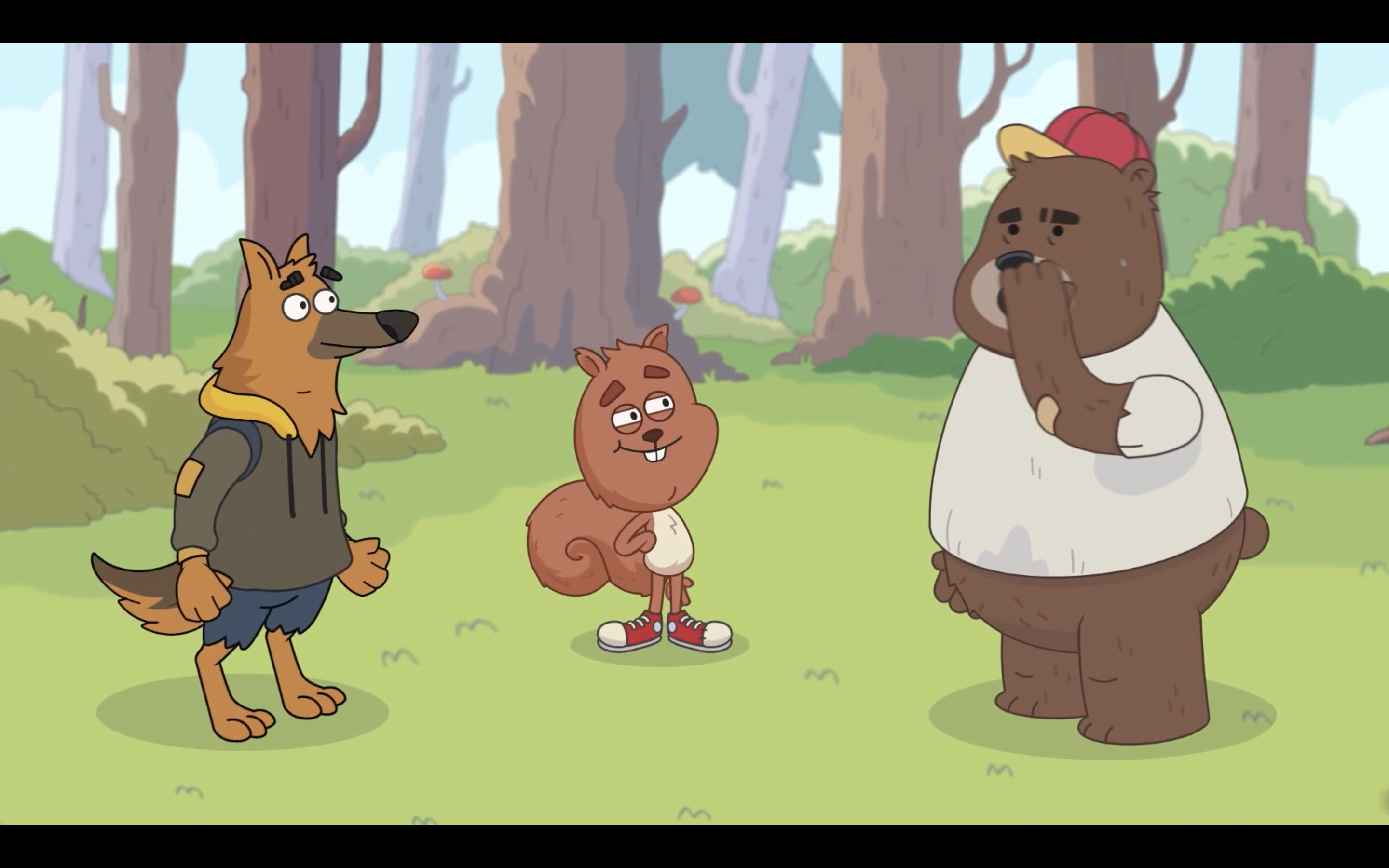 Back
Back

Media literacy should be taught from a young age. The educational cartoons created by DIGIRES together with the partner news portal DELFI tell about disinformation in a simple and straightforward manner, and are fun to watch for both children and adults. Everyday sayings like: “be attentive, think critically” can also be the key to more responsible media use.
“With the videos, we aim to help the audience understand that misinformation, myths, rumors, propaganda and all the consequences related to it are not the nonsense of politicians, not scientific terms, but a real phenomenon that constantly surrounds us”, says Ieva Ivanauskaitė, head of Business Development of the news portal DELFI in Lithuania.
In total three cartoons were created, representing different disinformation content or floating myth. The purpose of the videos is to develop critical thinking, to encourage people to think about their actions and their consequences for the environment, to be conscious and make decisions based on scientific facts, not emotions. Videos also aim to awaken the need for quality information and news in society and to show how misinformation affects the environment around us, the political system, and public life. The videos invite you not only to be critical when consuming content, but also to encourage the people around you to do the same: friends, family members, relatives.
The videos present well-known topics, easily recognizable situations and examples that show the dangers of making decisions based on emotions. Cartoons have a clear, dynamic narrative line with a beginning, climax and end.

The animation format was not chosen by chance. The developers say they were looking for a solution that was simple, engaging, fun, but also able to clearly illustrate the problem. “That’s how the idea of creating animation was born, because the latter impresses all demographic and social groups. Also, it does not oblige, it relaxes, and people who are tired of the flow of information seek easy content, and when they receive it, they accept the information much more easily”, says I. Ivanauskaitė.
In order to avoid stereotypes or social polarization, forest animal characters were chosen as the main characters instead of humans. “Each animal is the visual equivalent of a certain human being engaged in a similar dialogue. The characters in the videos are easy to understand and embody characteristics that are easily recognizable to everyone: incredulity, fear, courage, curiosity. The bear is chosen to represent a person with a clumsy mindset who lacks critical thinking and believes in conspiracy theories. Crow is able to “croak” unverified facts to others. A dog is a clever, cold-hearted animal. Such archetypes of animals come from fairy tales or cartoons familiar to every viewer, so they are close and clear”, says Saulius Žvirgždas, the Creative Director of the news portal DELFI in Lithuania.
The speech of the characters is full of word games and expressions characteristic of the Lithuanian language. Each video has key phrases about disinformation, adapted to the corresponding character. For example, the phrase “information from an unverified source does a disservice” belongs to bear, the phrase “someone croaked plenty of unverified facts” is for a crow, and “misinformation is hard to smell, but possible” is for a dog.
According to I. Ivanauskaitė, both the easy form of content presentation and recognizable behavior patterns help each viewer identify with the content and understand it through the prism of their own experiences. “The non-traditional format of the video clips, the use of humor, the phrases matching the characters and the simplified language lead to greater attention of the audience, stay longer in the memory and thus contribute to more responsible media use”, says S. Žvirgždas.
These short and engaging videos are intended for a general public and can be used in media literacy training, group discussions, etc.
You can find all videos here.
The author of the text – Kristina Berksun